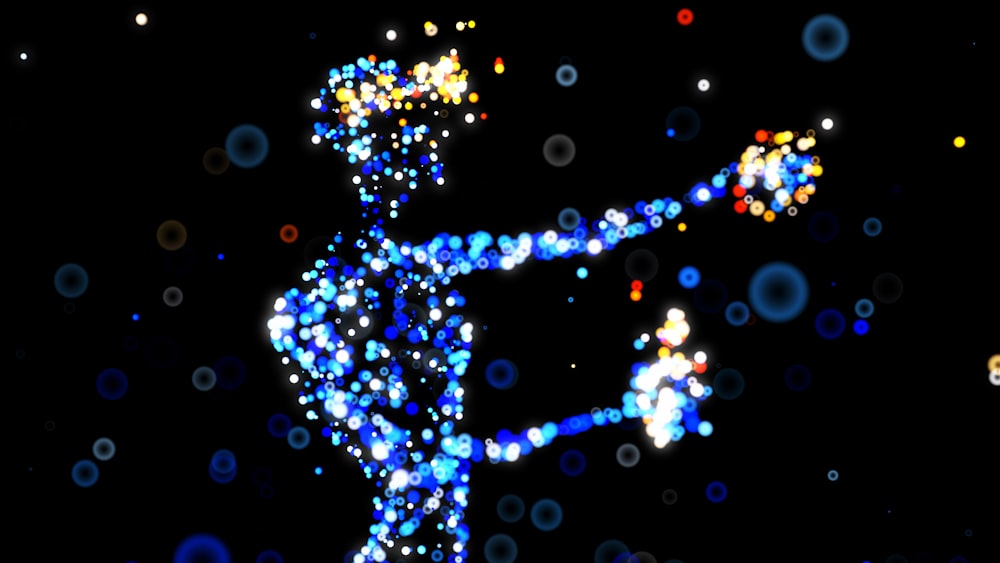 |
| Image Source: Photo by julien Tromeur on Unsplash |
Adapting and integrating new and emerging technology into a library environment can bring about challenges and adjustments. Adoption of new technology may also often generate questions about usage and usefulness to the library. VR is one such technology we can consider within this context. VR or virtual reality can be defined as a user experience where they remain physically within the real world while entering a virtual world, while using a headset attached to a computer or mobile device (Frost). VR, as it’s a newer emerging technology that’s yet to gain widespread usage, is not considered to be part of a library’s core technological infrastructure. Instead it is perceived as an extension of library services, one geared towards a library’s educational goals and information literacy (Ellern). The adoption of VR technology has been done mostly by academic libraries, and through various studies we can get and idea about library usage and the challenges that arise from adopting such technology.
A common challenge VR adoption faces is VR training. With the use of VR technology not being widespread as others, the average library user may not have much experience using the technology. To fill this gap librarians and library staff find themselves having to creating introductory training protocols to introduce this technology. Staff find they have to be in charge of both safeguarding VR equipment and ensuring appropriate use, while also coaching new users on proper usage of equipment (Ellern). Another challenge arising from VR adoption is how to apply its use to a broader demographic. Based on a survey of usage at an Academic Library, those in STEM related fields made up the majority of VR usage (Frost). When asked about the issue many students couldn’t see a use for VR in fields outside of STEM, such as those within the humanities and social sciences (Frost). However, outside of an academic context, many students were able to see a use for VR for more extracurricular use, such as stress relief or exploring other parts of the world. These ideas hint at the potential VR may have in nonacademic libraries, as the casual library user may find similar uses of VR technology to be an intriguing activity to experiment with.
VR highlights how libraries find themselves having to adapt to the introduction of new technologies and how they can be used to benefit library users. The issue of VR also highlights how such new technology can bring about new challenges libraries must adapt to in order to effectively use such technology.
Works Cited:
Ellern, Gillian D., and Laura Cruz. “Black, White, and Grey: The Wicked Problem of Virtual Reality in Libraries.” Information Technology & Libraries, vol. 40, no. 4, Dec. 2021, pp. 1–18. EBSCOhost, https://doi-org.ezproxy.palomar.edu/10.6017/ital.v40i4.12915.
Frost, Megan, et al. “Virtual Reality: A Survey of Use at an Academic Library.” Information Technology & Libraries, vol. 39, no. 1, Jan. 2020, pp. 1–12. EBSCOhost, https://doi-org.ezproxy.palomar.edu/10.6017/ital.v39i1.11369.



No comments:
Post a Comment